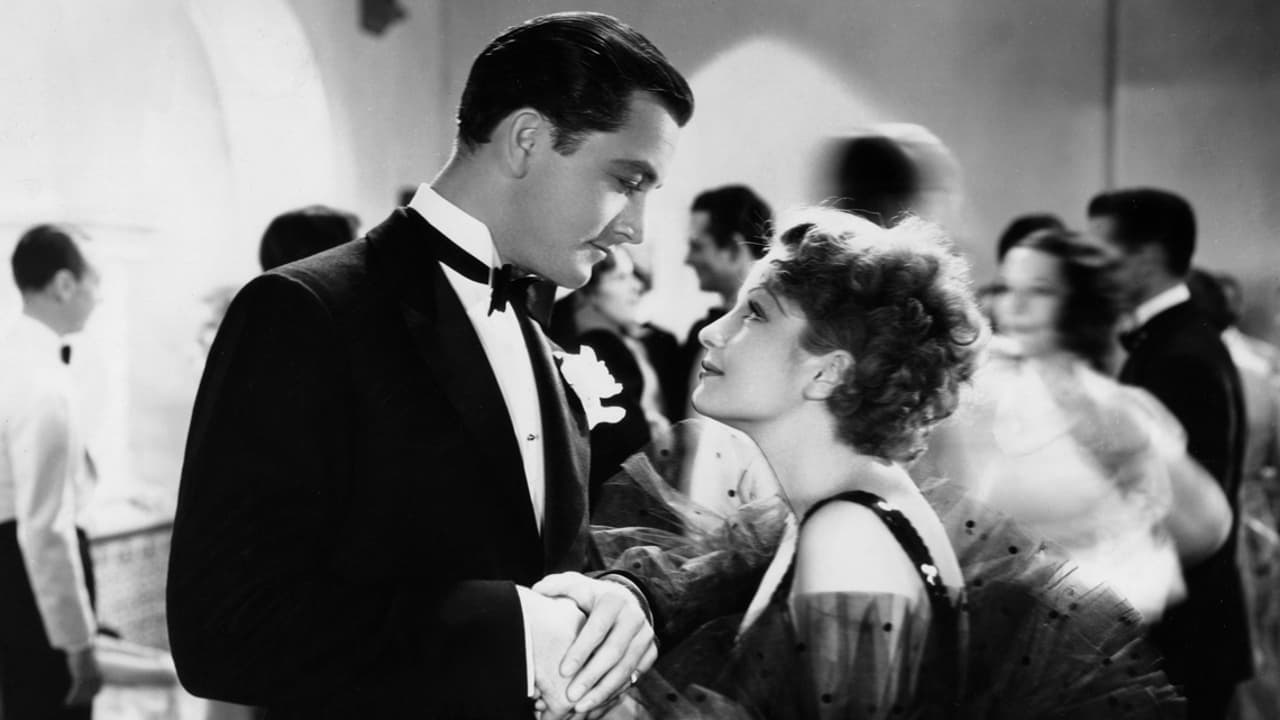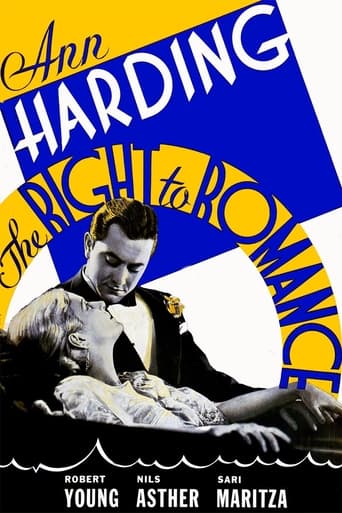

The greatest movie ever made..!
... View MoreSadly Over-hyped
... View MoreI like Black Panther, but I didn't like this movie.
... View MoreBoring
... View MoreThe very same year that this romantic drama concerning the private life of a troubled plastic surgeon was made, Eddie Cantor got to sing that famous standard in the musical classic "Roman Scandals". This film starts off with the profile of surgeon Ann Harding's career, going through the insecure arrival of an aging society matron (Helen Freeman) who has lost a recent lover and wants to get him back along with her youth. The opening segment follows her surgery and the revelation of how she looks, and what is sad is that while she does come back to see Harding and rave about how Harding's work did exactly what she wanted it to, she's still insecure on the inside knowing that ultimately, the looks regained from that surgery will soon fade away anyway. The shallowness of this situation causes Harding, while still young, to look at her own life which has her working long hours to make other women happy while she herself is miserable. She takes a vacation where she meets playboy pilot Robert Young who has the maturity of a teenager and in spite of her common sense telling her that he's no good for him, agrees to marry him on the spur of the moment anyway. But he's about as ready for a serious commitment as she is for retirement, and no amount of patience on her part (while not dealing with patients) will make him grow up.One of the most popular leading ladies of the pre-code era of Hollywood, Ann Harding faded out of the spotlight (mostly by her own choice) in the late 1930's, returning as a character actress and always playing ladies of nobility whose platinum blonde bun was always neatly tucked in the back of her head and indicated that her characters were rather rigid. Harding here starts off in a different fashion of rigid, rather cold in her business dealings, but coming to life as she finds love with a most likely younger man. But is it really love or just infatuation on both parts? Young's reckless lifestyle gets him into messes one right after another, and Harding tries too hard to get him to see the error of his ways, often acting more like a mother than a lover to him. She doesn't realize that the perfect man for her (Nils Asther) is right in reach, having loved her all along, but too aware of the fact that she sees him only as her best friend and not in a romantic sense. The exotic Sari Maritza is the other woman, looking on Harding with silent contempt when they first meet at a party where Young in daredevil mode has allowed Maritza to take over the controls of the two seater plane he's flying, scaring everybody on the ground beneath them. This is an enjoyable pre-code drama that leaves a very worthwhile message for the women who want to marry and tame bad boys: It doesn't always work and will ultimately leave them with nothing but heartache.
... View MoreFor some reason, the name Ann Harding today doesn't have the cache of some of her "strong woman" type contemporaries, such as Kay Francis, Barbara Stanwyck, and their ilk. It's unclear why. She was a very good actress, but I think in the end she didn't have the studio attention that some other actresses did.Thanks to TCM, film buffs have a chance to see her. Here she is in "The Right to Romance" from 1933, also starring Robert Young and Nils Asther. Harding plays Peggy Simmons, a dedicated plastic surgeon (though I swear it said Peggy Simmons, D.D.S. - isn't that some sort of dentist?) who is also generous and good-hearted. But she doesn't feel much like a woman, working all of the time and seeing the years fly by.She decides to go on a break, where she dresses beautifully, does her hair, and heads for a resort area. There, she meets one of her patient's sons, whom she has met before, Bobby (Robert Young). He is suddenly very flirtatious and wanting to spend time with her. Peggy returns to her old life and patients, but Bobby shows up and proposes. She accepts, seemingly unaware that her colleague (Nils Asther) is in love with her.The marriage isn't happy - Bobby isn't ready to settle down, and Peggy finds that she is miserable. Short, very absorbing film thanks to the actors. It's interesting - in '40s films, a woman had a career or a marriage, not both, and if she had a career, she was WITHOUT A MAN TO CALL HER OWN and therefore miserable.The '30s films were different - go figure. Peggy is burned out initially but, without giving the ending away, we're not given the impression that she's chucking her career entirely.Harding was theater-trained, so she had the mid-American (i.e. fake British) speech spoken by Bette Davis, Katherine Hepburn, and others. She was a strong actress, and her striking looks matched. Entertaining.
... View MoreYou must see, "Double Harness"-1933, to appreciate how GREAT an actress Ms. Harding was!... i thought lots of comments were posted on the film site,or her biography site, butijust checked, and most were gone;what happened to them? I thought there were at least 5 posts saying what great heights Ms. Harding's subtle performance achieved! She had been nominated for Academy award in 1930 for, "Holiday". Marie Dressler won that year for "Min, and Bill"- a great performance,too!This movie,"Holiday", was remade with Katherine Hepburn, and Cary Grant in 1938. This was a great comedy... but sadly the Harding movie is almost in total disrepair at the Library of Congress. You must see Double Harness!!!!!!!!!!
... View MoreIt's sad that there are now, one or two generations who don't know about Ann Harding. Why she isn't as memorable as other MGM headliners I'll never know. Thankfully, we have these well preserved films for their legacy to live on and to memorialize the art. The 'Right To Romance' has to be the BEST movie of 1933. It stands against competition that rate solid 9.9 and less but this rates truly a 10.0. Once watched, you will become a fan of Ann Harding who gives the strongest performance of her career. A well written story which allows Nils Asther to display his acting talent too, (which outshines Robert Montgomery). This movie is short, to the point, memorable and besides, an amazingly well written story. Blow the dust off this one and find a young friend who you'd like to turn onto an ageless but forgotten classic. I promise, you won't regret it.
... View More